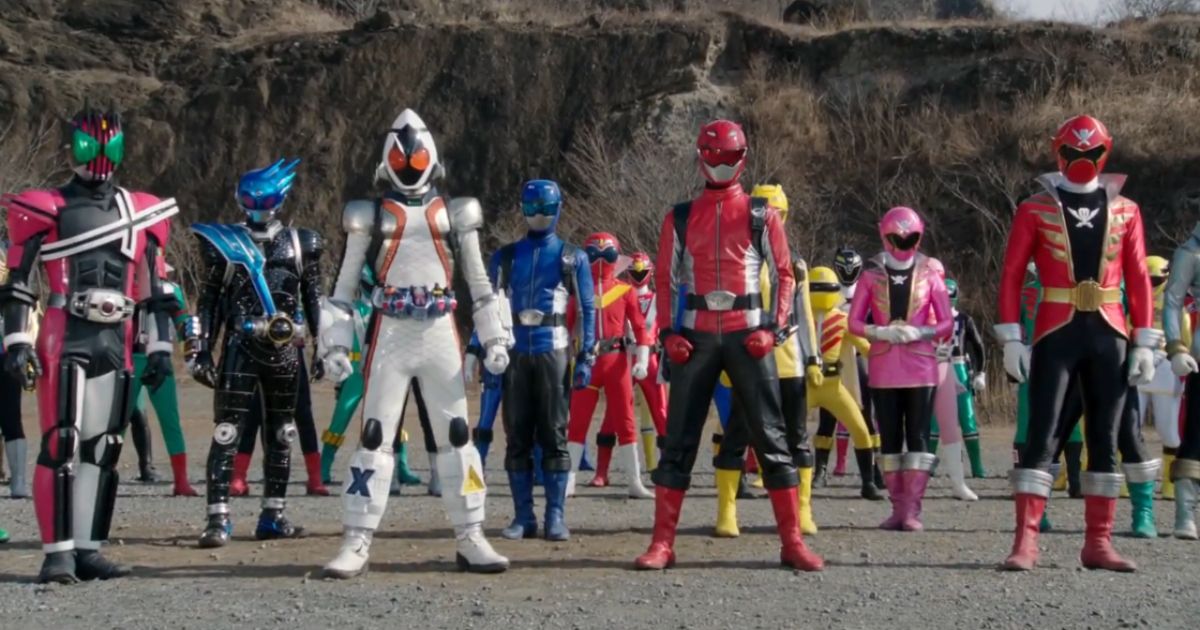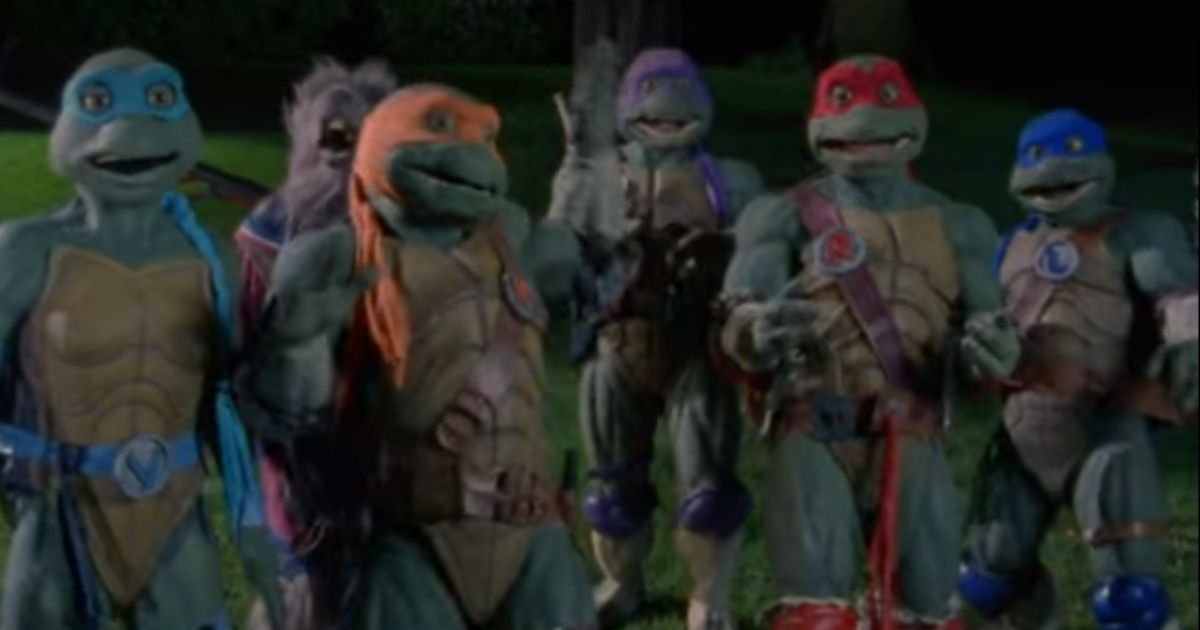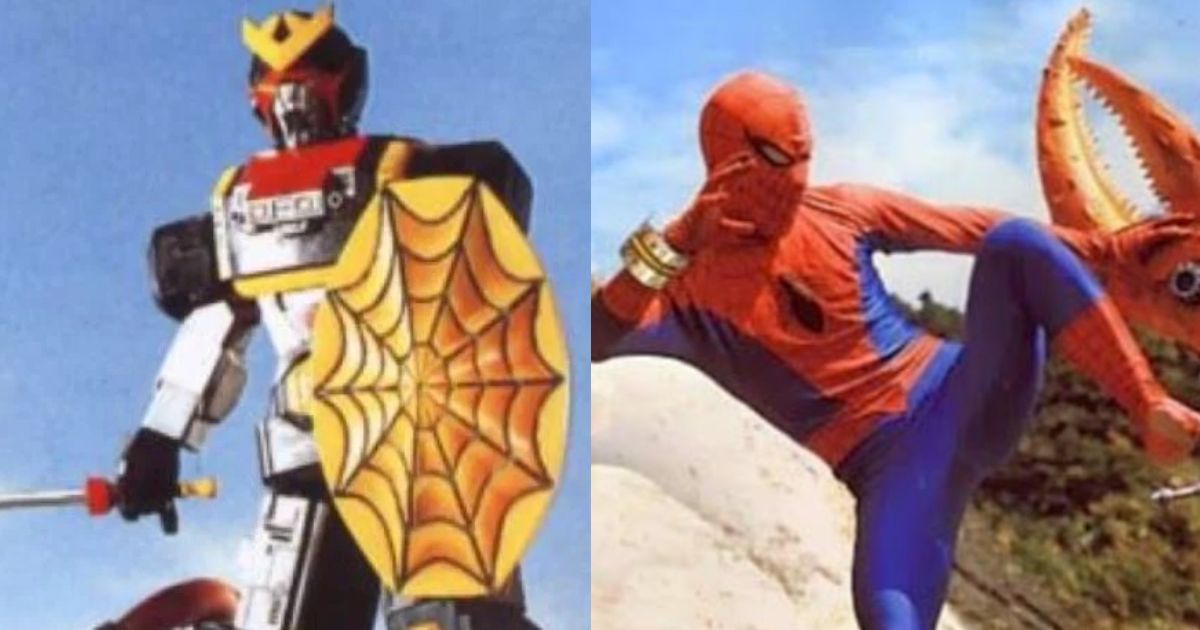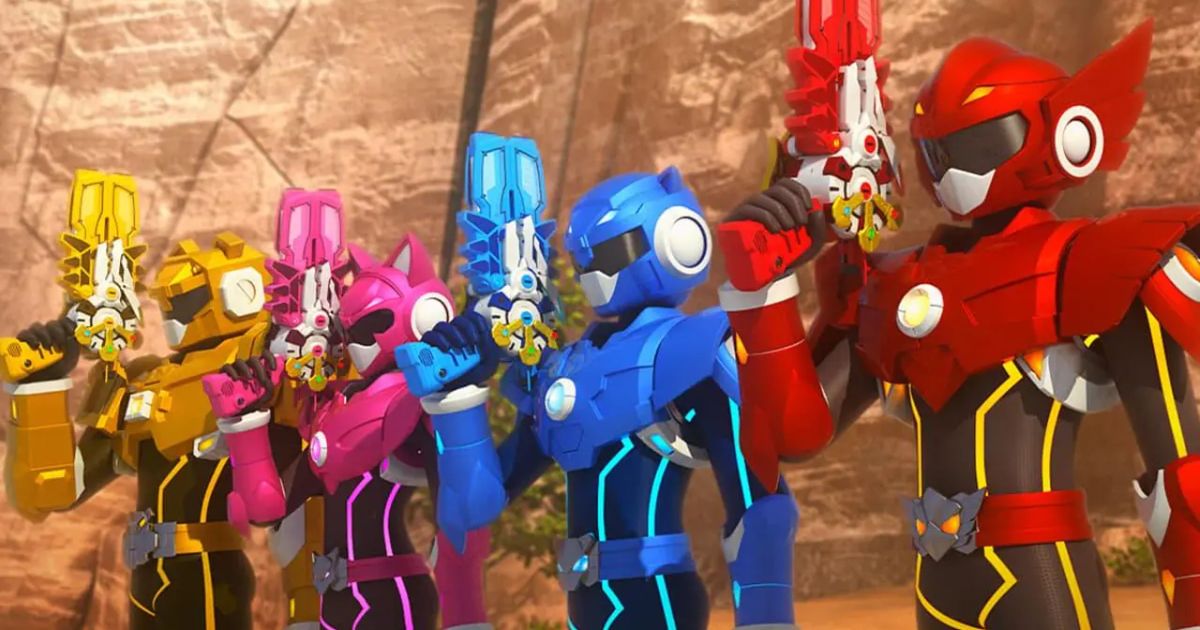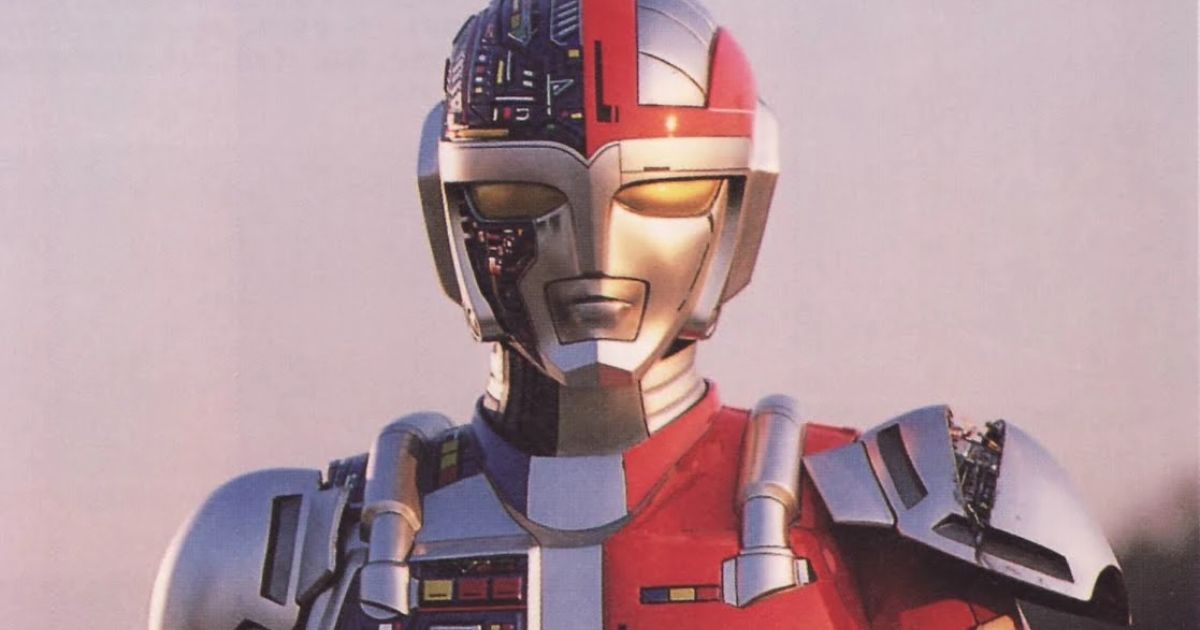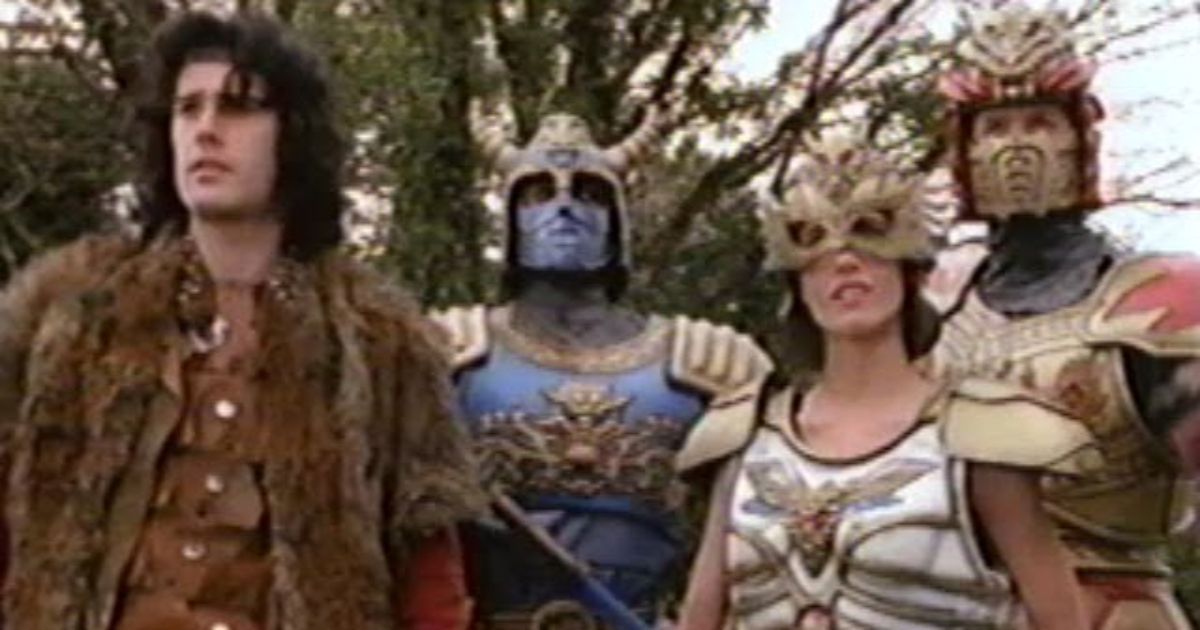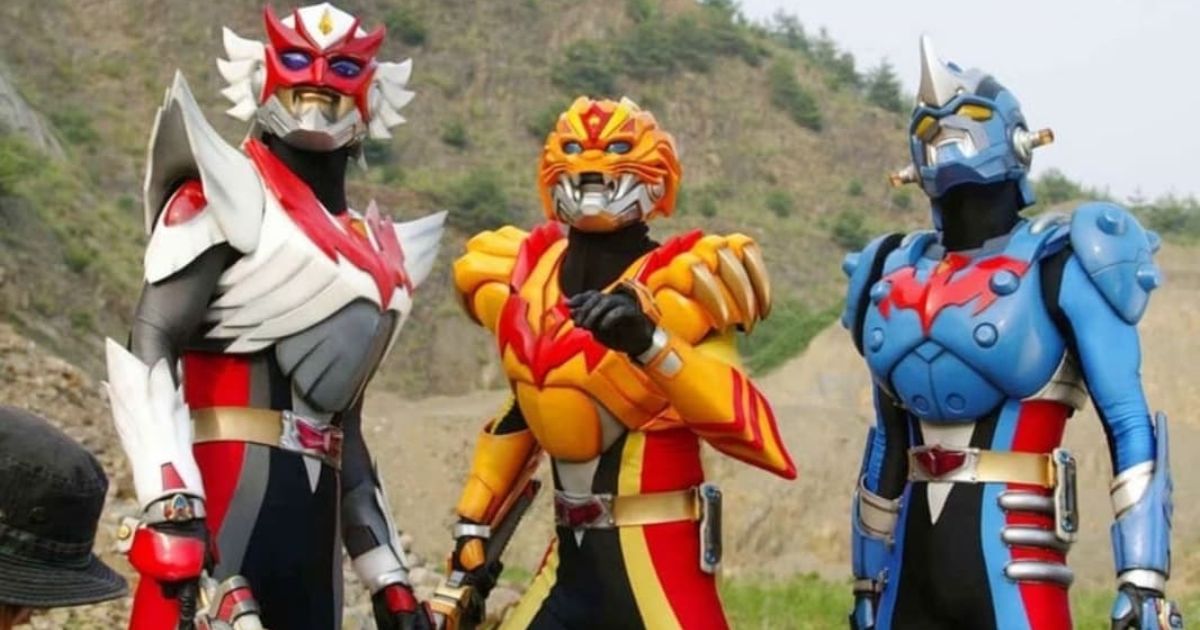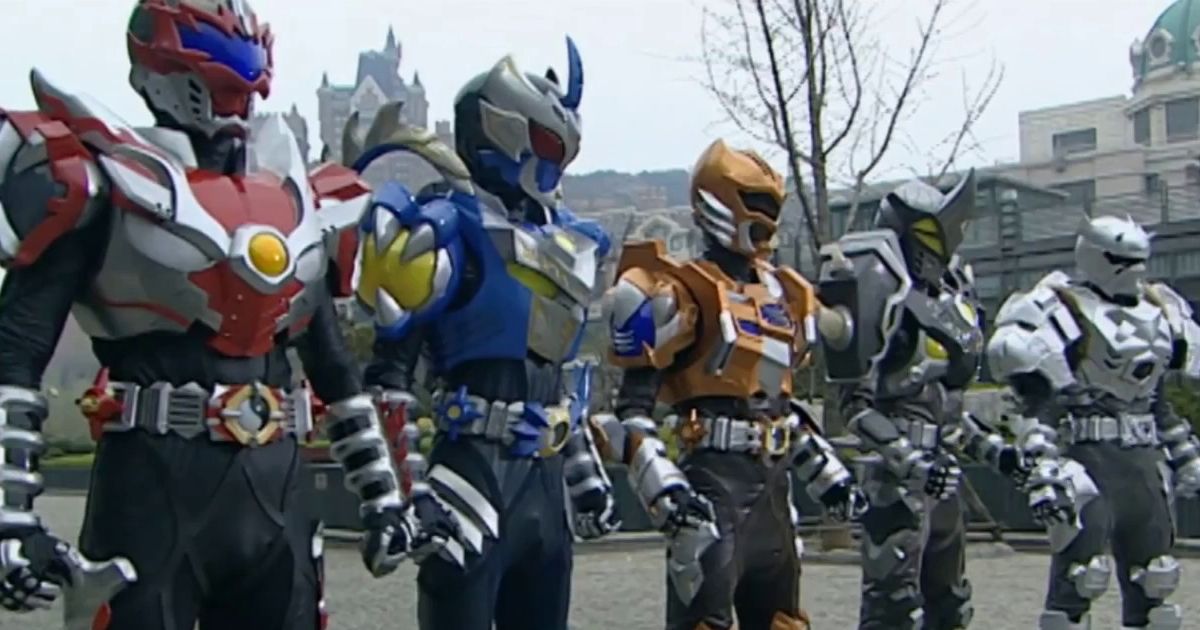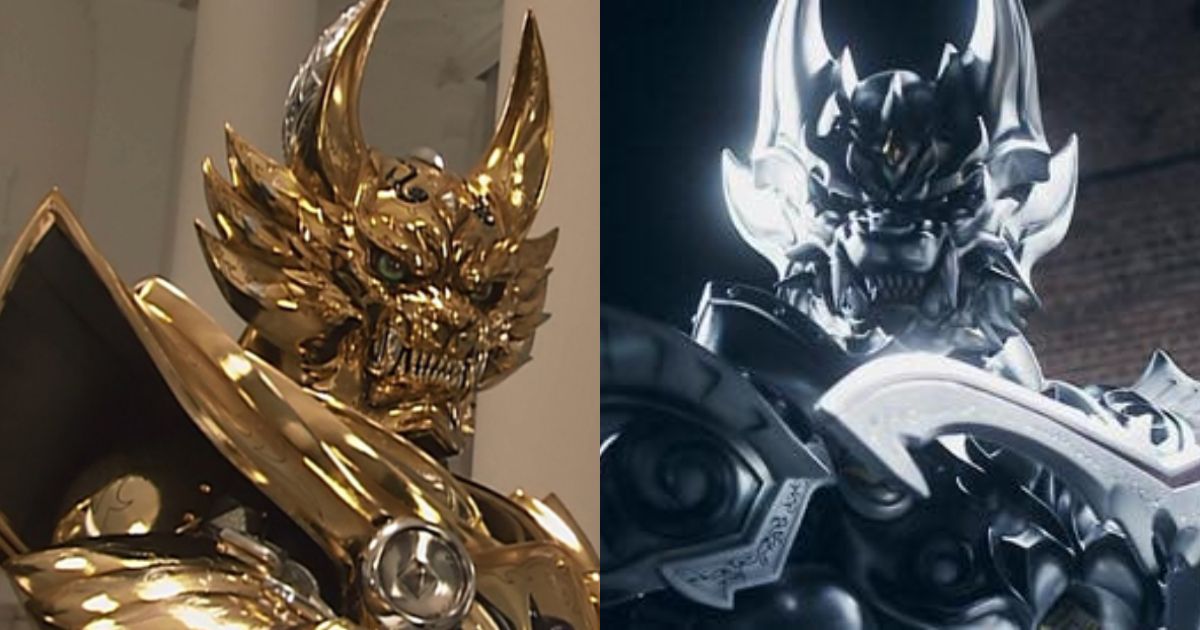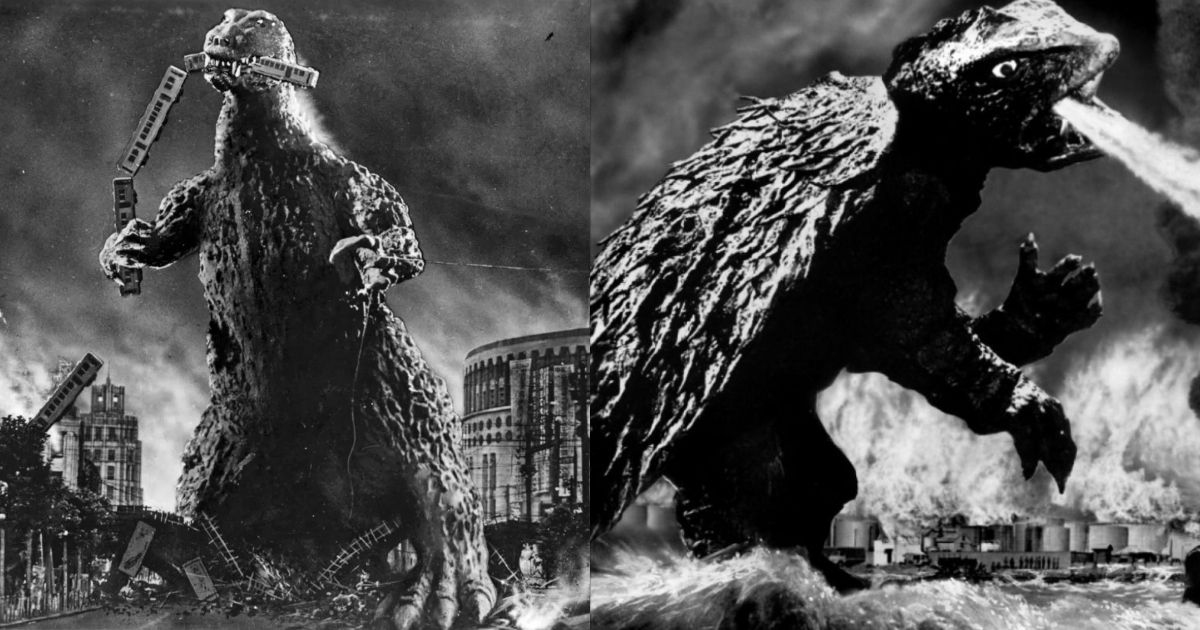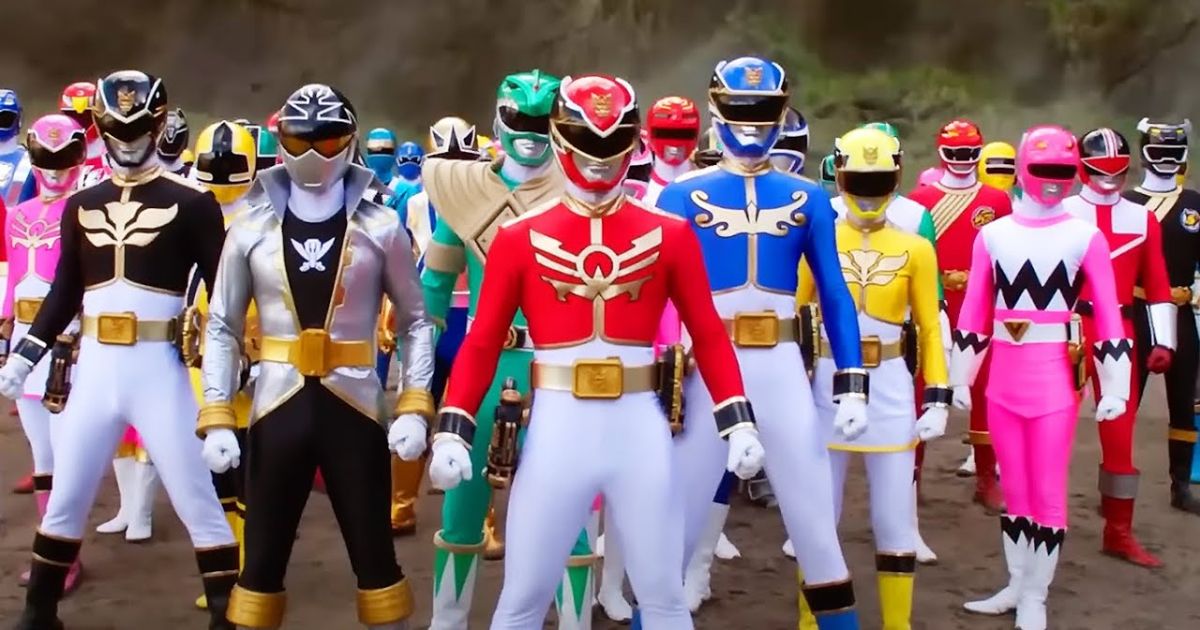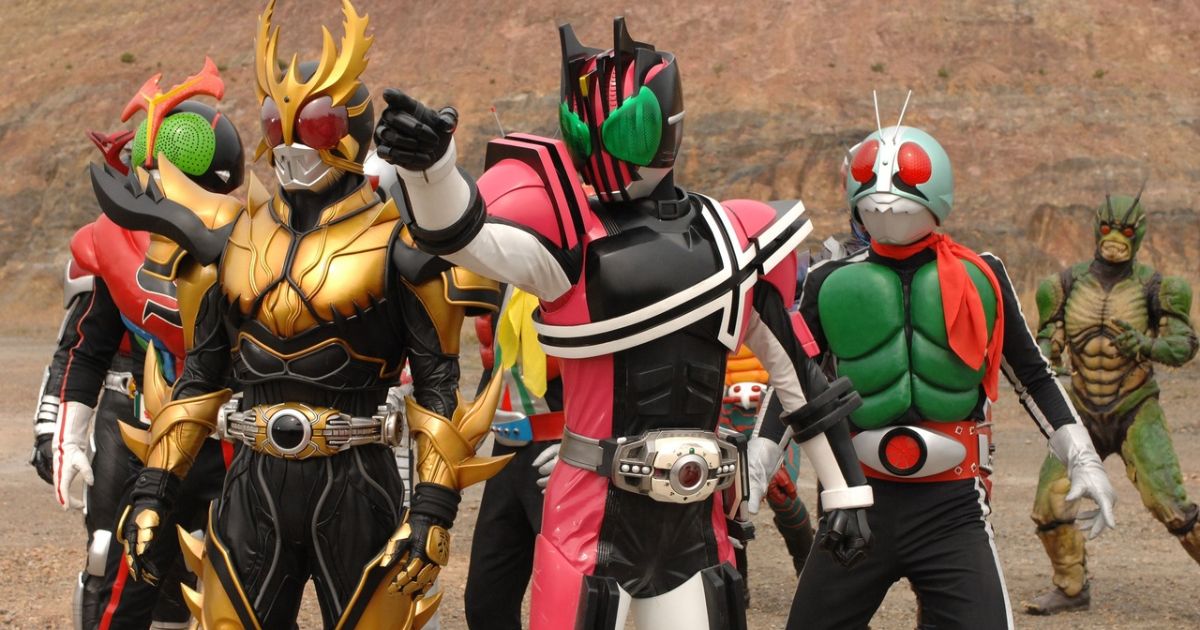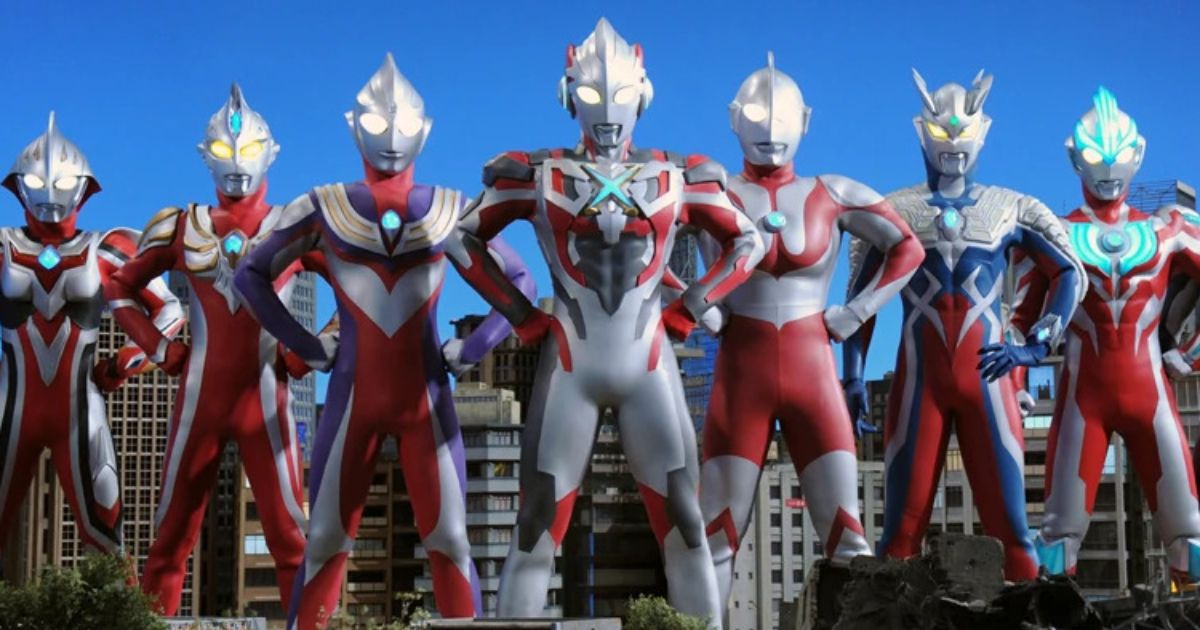Translated literally, the Japanese term Tokusatsu means "special photography." The term was coined in 1958 to describe a new wave of live-action television programming and films that featured extensive use of special effects to tell tales of monsters, superheroes, and giant robots. While originally meant as a descriptor for specific film-making techniques, it has gone on to become a genre all its own, often showcasing colorful heroes and intense martial arts. The genre has soared to popularity around the world, with many countries trying to match the success of the genre.
Given its world-wide appeal, there are innumerable series that have used the tokusatsu formula to inform their storytelling. Some are far better than others, and for viewers looking to explore the genre, it can be overwhelming to find a place to start. This list hopes to narrow it down, diving into 15 of the best tokusatsu series to start you on your way. While some are nostalgic favorites, others are giants of the genre.
So prepare for some flashy transformation sequences, gargantuan robots, and martial arts showdowns as we explore the weird and wonderful world of tokusatsu.
15 Ninja Turtles: The Next Mutation
The 1990s saw the tokusatsu genre take the Western world by storm. The release and massive success of the Power Rangers franchise in 1993 saw the production of several other series in an attempt to match its popularity. Saban Entertainment, the company that localized Power Rangers, decided to push into new territory. In an unprecedented move, the company decided to cross their fan-favorite team over with another crew of multicolored heroes, and after the Teenage Mutant Ninja Turtles helped the Space Power Rangers in battle, they earned their own series in 1997.
Ninja Turtles: The Next Mutation was weird, and its quality (or lack thereof) saw it tank after 26 episodes. The series tried to mirror the success of the live-action films with only a fraction of the budget, and that led to a series that failed to deliver.
Maybe this is the reason why Venus, the first female turtle, has never made another appearance in any of the animated series or comics that followed. Despite that, though, it is still nostalgic for kids of the '90s. It may not be the best tokusatsu series, but it does represent its time period and the push to blend Eastern and Western cultures.
14 Spider-Man
Spider-Man is an interesting reverse of the previous point. Produced in 1978, this Japanese series saw the famous Marvel superhero brought to Japan for his own tokusatsu series. Made by Super Sentai creator Toei, Spider-Man was an interesting experiment, and though it feels dated today, it showcased the world-wide appeal of the superhero.
The introduction of the giant mecha Leopardon into Spider-Man's story also inspired Toei to bring the concept to Super Sentai's third season, Battle Fever J, and the giant robot has become a mainstay element of the franchise.
The story deviated from the Marvel Comics in a number of ways. It followed Takuya Yamashiro, a young motorcycle racer. After a spaceship known as the Marveller crashes on Earth, Takuya's father goes to investigate, but is killed in the process. Takuya meets the ship's pilot, an alien from Planet Spider.
Garia left his planet to hunt down Professor Monster and his Iron Cross Army, but the crash cut this mission short. He grants Takuya amazing spider-based powers and the transforming robot Leopardon, all in the hope that the young man can defeat the invading army.
13 Miniforce
Given its roots in live-action, calling any animated series "tokusatsu" is a bit of a stretch. However, the genre has become known for several tropes, storytelling methods, and design sensibilities, all of which have been adapted for several popular animated series.
Originating in South Korea, Miniforce is one of those series, and while it suffers for its much younger audience, the show makes this list for its incredible designs. From the "Ranger" suits to the mechs, Miniforce has some of the best modern designs in the genre, even if its concept is a bit goofy.
Years ago, small animals banded together to form a protective agency, the titular Miniforce. The team recruited animals with special abilities and powers, and alongside powerful new technologies, they defend other animals from evil forces. The newest threat is the human Nien and the Miniforce traitor Pascal, but with their robotic supersuits, giant mechas, and other ranger allies, Volt, Sammy, Max, and Lucy wait for the call from their Force Gems to spring into action and stop their vile plans.
12 Metal Heroes
Though it began airing in 1982, the Metal Heroes franchise is most well-known in America for its two localizations: VR Troopers and Big Bad Beetleborgs. These series were part of the '90s boom of American tokusatsu, and they added a unique, highly technological element to the familiar formula. However, these two series only represent footage of a handful of different Metal Heroes seasons, and with sixteen total to dive into, this hi-tech science fiction tokusatsu series is perfect for any fans wanting to jump into the genre.
Metal Heroes differentiated itself from the others in its genre by introducing more robotic elements. Most of the characters were cyborgs, androids, or people who donned robotic armor. The theming for each season was generally pretty consistent, with space or military/police storylines influencing the majority, but the costumes saw Toei stepping into more complexity.
The robot designs were great departures from the tighter leather and spandex costumes of Kamen Rider and Super Sentai, and their influence can be seen in the design work in later seasons of each.
11 Gatchaman Crowds
Science Ninja Team Gatchaman is a classic of animated Tokusatsu, featuring a team of bird-themed superheroes on their mission to save the world. While the original series and films are completely worth your time, the newest iteration of the series, Gatchaman Crowds makes this list for bringing the franchise into the modern day.
Other than a 2013 live-action remake, the last Gatchaman was a 1994 OVA. Crowds changed up the formula for its 2013 release, but it has had some truly positive reviews from fans of the genre.
The series follows Hajime Ichinose, the newest recruit to Tachikawa, Japan's Gatchaman team. Using powerful supersuits called NOTE, they are able to manifest their spiritual powers and become superheroic entities. In the first season, the team is sent in to fight the MESS, alien entities devoted to destruction. In the second, titled Insight, a new technology called CROWDS becomes popular among the public for its ability to make physical a person's consciousness, which has major consequences when a terrorist organization uses it for their own ends.
10 Mystic Knights of Tir Na Nog
While there were many American tokusatsu series, few were truly original. Most adapted footage from existing properties, editing in their new characters, and dubbing where necessary. Mystic Knights of Tir Na Nog was one of the few that bucked the trend, introducing a wholly new team of armored heroes inspired by Celtic mythology.
Power Rangers producer Saban Entertainment released the series in 1998, and while it didn't launch a franchise, it has a devoted following of fans for the ways it shook up the familiar tropes.
The series followed a team of four warriors brought together to battle a powerful sorceress named Queen Maeve. Utilizing the four elements and mystical weapons, the warriors were sent on a mission to recover powerful, magical suits of armor.
On the way, they battled Maeve's Evil Sentinels, various monsters, and the prince of a distant kingdom, all while gaining various allies like the dragon Pyre. Mystic Knights was one of the few American-original series that truly captured the magic of the genre, and it is a shame that it didn't gain the same following as some of the others on this list.
9 Chouseishin
While many tokusatsu series have created long-running franchises, some have failed to match the success of others in the genre. This is unfortunately the case for the Chouseishin series. It has only received three seasons and a film since its initial release in 2003. The series tended to blend the mystical with the technological, leading to some interesting if not typical storylines for the genre, and the variations among the elemental and animal-themed teams showcased where the series excelled: its designs.
While the stories are your typical human vs. alien combat, the character designs are some of the best in the genre. The first season, especially, showcased twelve armored heroes, each with distinct designs, but the others kept this focus in mind moving forward.
Their elemental and animal focus helped distinguish the series from others in the genre, and the heavily armored designs helped the characters stand out from the spandex and leather superheroes that made tokusatsu famous, making them feel like legitimate warriors.
8 Gridman the Hyper Agent
The "giant hero" subgenre has spawned a number of incredible stories. These series feature superheroes that grow to gargantuan sizes to battle giant monsters. While many of these series feature the prefix "Ultra-," Gridman the Hyper Agent was unique. While it was made by Ultraman producer Tsubaraya, the series followed a new hero that was unconnected from their previous franchise. While it only had one season, its popularity saw it localized in America as Superhuman Samurai Syber Squad, and a more recent anime, SSSS.Gridman revitalizes the character in the modern era.
The original Gridman the Hyper Agent followed a group of kids who discover something living inside their newest game. The hero of the game is possessed by Gridman, an interdimensional peacekeeper who has followed an evil program named Khan Digifier to this digital landscape.
Fusing with one of the children, the pair battles the villain's evil army, while the others developed weapons for Gridman. While Superhuman Samurai Syber Squad also followed this formula, SSSS.Gridman brought the kaiju fighting from the digital world to the real world, like traditional Ultraman.
7 Armor Hero
Of the many tokusatsu series on this list, Armor Hero is likely the most obscure. A Chinese addition to the genre, the series makes this list largely for its costume design. The designs for each season are incredible, with more traditional armor acting as the inspiration for the heroes. While they still have their science-fiction, tokusatsu outlandishness (in the best possible way), the characters all look ready to face an army. Not only that, but with the first two seasons available for viewing on YouTube, it is one of the easier series on this list to stream, even if the English Dub can be pretty bad.
6 Garo/ Zero: Black Blood
Garo was released in 2005, and while it doesn't have the same following in the West as it does in Japan, it has become something of a cult classic. Aimed at more adult audiences, the series follows Kouga Saejima, the successor of the Makai Knight legacy. During his fight with Horrors, he learns that a young woman has been cursed by the monsters to die in 100 days. The series sees Kouga looking for a cure for the girl as he continues to battle monsters in his silver and gold armor.
Zero: Black Blood is a sequel to this series, with two films and a TV miniseries continuing the story of Kouga's ally, Rei Suzumura. Rei dons the silver Zero armor, and under the command of the Makai senate, he battles Horrors alongside Kouga. However, this series sees Rei on his own, facing a new threat.
A community has sprung up with humans and Horrors living in peace, though this peace is bought by one human sacrifice a year. Both series are dark, befitting the nightmarish enemies each warrior faces, and they do an incredible job bringing tokusatsu to an older audience.
5 Voltron
For those looking for another classic of animated tokusatsu programming, Voltron is another must-watch franchise. There are several series to dive into, starting with the initial release of the 1984 series to the modern remake Voltron: Legendary Defender on Netflix.
This interstellar mecha anime is one of the franchises that defined the '80s, and the lion mech itself is an icon of the genre. More than that, it leaned into its darker elements, focusing more on interstellar war than individual, monster-of-the-week battles like other tokusatsu series.
While each series varies in storytelling and animation quality (seriously, check out the 3D animation on The Third Dimension), Voltron has become a classic of the genre for a reason. The most recent reboot, especially, has become a must-watch of Netflix's animated suite, and while the original seasons can feel dated now, they still highlight the quality of '80s animation. There's a reason this series has lasted into the modern day, and it seems that there is no end in sight for these robotic lions and their pilots.
4 Godzilla/Gamera
While the tokusatsu genre has largely been defined by brightly dressed superheroes and giant fighting robots, people forget that the genre had its start with giant monster movies, and you can't mention kaiju without bringing up these two literal giants of the genre.
Godzillafirst released in 1954, capitalizing on fears surrounding the atomic era, and this kaiju icon has become one of the most recognizable characters in the world. While different variations of the monster can be more or less heroic, its battles with other giant monsters has earned it the title of King of Monsters.
WhileGamera is something like Godzilla's younger cousin, this 1965 film has become another cult classic, with a new Netflix series debuting not long before the time of this writing. Though it suffered from a much smaller budget and many comparisons to the more popular kaiju, Gamera has become an icon onto itself, with critics often praising its design and its more protective personality. While there will always be arguments as to which giant monster is better, they both make this list for spawning the live-action, special effects heavy tokusatsu genre.
3 Power Rangers/Super Sentai
Of course, Power Rangers and Super Sentai needed to be on this list. You can't mention tokusatsu without talking about these benchmarks of the genre. Super Sentai first released in 1975 with Himitsu Sentai Gorenger, and since then, the series has released 47 seasons, with a 48th set to debut in 2024. The massive popularity of the franchise led to the American localization of its 16th season, Kyoryu Sentai Zyuranger, in 1993, and the Mighty Morphin' Power Rangers franchise has only grown since then.
American tokusatsu owes everything to Power Rangers. While the various seasons vary in quality, the genre was popularized in the States by this series. For better or worse, it spawned an entire generation of rip-offs and clones. While it wasn't the first tokusatsu series to come to the States, its massive success has made the genre a staple of modern television.
It has even branched into modern comics, creating a vast, intricate universe and lore for fans. With 29 seasons and plenty of comic back issues to work through, now is the perfect time to be a Power Rangers fan.
2 Kamen Rider
While Power Rangers and Super Sentai have the greater name recognition around the world, they wouldn't exist without the success of Toei's preceding property, Kamen Rider. Released in 1971, the original Kamen Rider series set many of the precedents for the series that would follow. While it wasn't the first tokusatsu superhero series, it was one of the first "henshin" or transforming hero series, in syndication, and its more mature story arcs have drawn in fans since the original. Its localizations didn't earn it international acclaim, but its 34 seasons are still some of the best examples of the genre of all time.
1 Ultraman
Tokusatsu superheroics owe their massive popularity to the success of Ultraman. The giant hero subgenre of tokusatsu had its start with this beloved franchise, and the character has gone on to become one of the biggest (no pun intended) pop culture icons in Japan. While the character hasn't seen as much mainstream success in Western culture, Ultraman is responsible for the vast majority of the tropes and narratives typical of the genre. Whether you are looking for a live-action or animated adventure, this series is perfect for fans wanting to explore this explosive genre.

